
Calamos Aksia Alternative Credit and Income Fund (CAPIX)
A Broad Spectrum Private Credit Approach
Calamos Investments, a leader in liquid alternative funds, and Aksia, a global leader in private credit funds, join forces to offer CAPIX—an institutional-style private credit solution for access to the exciting private credit market.
Contact us to learn more about the potential long-term benefits of including Calamos Aksia Alternative Credit and Income Fund in an asset allocation.
Unlike most private asset funds, Calamos Aksia Alternative Credit and Income Fund does not require accreditation or have investor qualification standards. Investors can purchase fund shares on a daily basis.
Portfolio Management
A world-class partnership of trusted alternatives leaders. Learn more about our joint portfolio management team.

in assets under
management
in liquid
alternatives
In 7 offices
across the US
privately owned
investment
professionals
served Across 2,000+
companies globally

in advised and
managed assets1,3
in private credit2,3
in 7 offices
globally
privately owned
investment, risk and
portfolio advisory
professionals
investors
served globally3
Taking advantage of the broad spectrum of private credit
Many private credit registered funds have a narrow focus on US direct lending, whereas CAPIX sources investment opportunities across the global credit asset class.
Aksia’s sourcing coverage extends across the global private credit universe
Overview
The Calamos Aksia Alternative Credit and Income Fund (CAPIX) invests across the full spectrum of private credit, providing access to a wide range of credit investments. Additionally, a portion of assets are allocated to liquid alternatives designed to provide liquidity for repurchases, outperform cash yields and enhance overall diversification.
Structure
Interval fund with daily purchase and quarterly tenderTickers (Investment Minimums)
Class A: CAPHX ($2,500)
Accreditation
Not requiredSubscriptions
Daily point-and-click purchase through NSCC Fund/SERVDistributions
Quarterly; distributions will be reinvested automatically, unless otherwise requested by the Fund shareholderLiquidity
Quarterly repurchase offer at NAV; we anticipate 5% being made available for repurchase*Tax Reporting
1099-DIVRobust Liquidity Capabilities
minimum liquidity
We will actively manage the liquidity allocation with the goal of generating yield while prepositioning to 5% quarterly repurchase needs.
Liquid credit strategy also provides cash management efficiencies.
Opportunity of Interval funds
Interval funds are investment vehicles structured to provide access to a broader set of investment opportunities than a mutual fund, while still operating under the same regulations and tax treatments of open-end and closed-end mutual funds.
Interval Fund Potential Benefits
Access to illiquid assets
Private less-liquid investment opportunitiesNo accreditation
Broad investor eligibility with no accreditation requirementLiquidity flexibility
Maintain a fully invested asset base, without the need to manage daily redemptionsLower investment minimums
Compared to private fundsEnhanced yield potential
Supported by illiquidity premiumsOffering
Simplicity of point-and-click daily subscriptionsPricing
Shares sold and repurchased at NAVSimple tax treatment
Mutual fund tax treatment via a 1099-DIVAksia: Relationships With the World’s Leading Debt Managers
Long-standing partnerships with leading credit managers allows us to source high-quality investments.




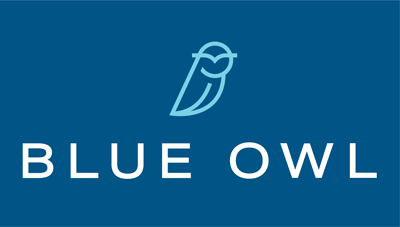




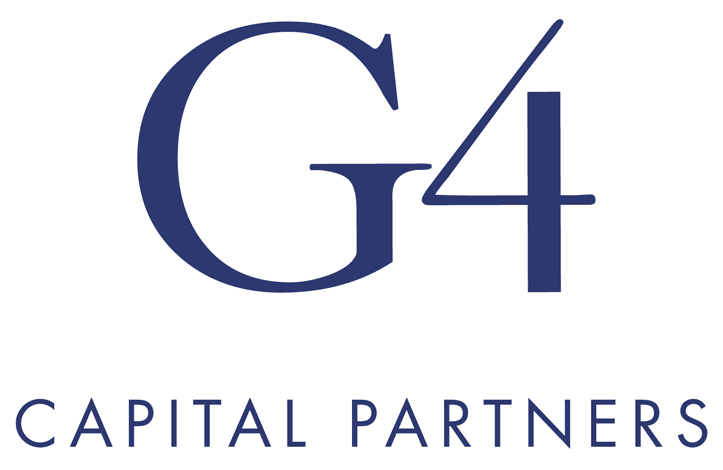





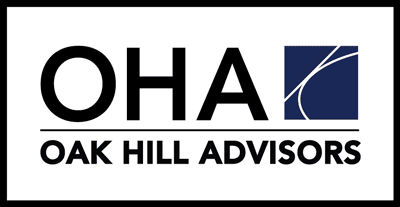

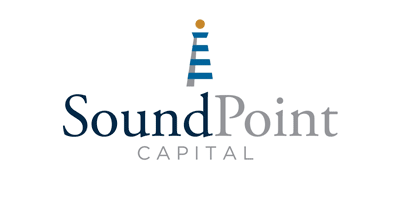


Aksia: A Leading Authority on Private Credit
Aksia has been at the forefront of the rapid growth of the private credit asset class.
Private Credit market Yearly Fundraising ($B)
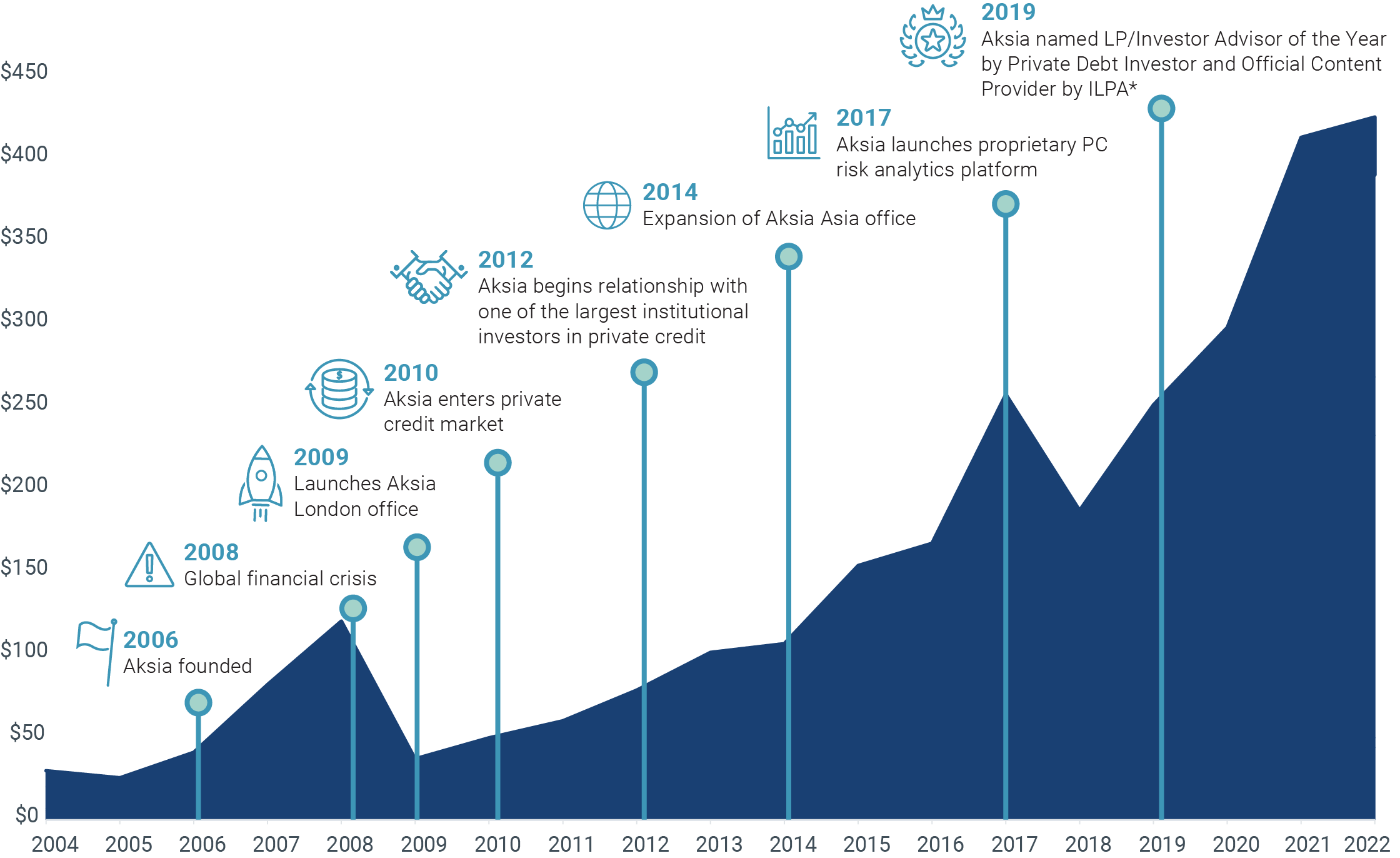
Literature
About the Fund
Research & Education
Prospectus and Reports
How to Invest in CAPIX
Unlike most private asset funds, Calamos Aksia Alternative Credit and Income Fund does not require accreditation or have investor qualification standards. Investors can purchase fund shares on a daily basis.


